autometer water temp gauge sending unit
Our autometer water temp gauge sending unit include M14 and M16. Customers can select which is needed. The water temperature sensor plug is usually two wires or one wire. The temperature control switch is generally three-wire. Generally, these two sensors are integrated in current vehicles, which are collectively referred to as the coolant temperature sensor, which is generally 4-wire system and is located on the side of the engine cylinder head. Water temperature sensor plug, also known as water temperature sensor, is divided into two categories. Regardless of its internal structure, it is thermistor, and its resistance value is between 275 ohms and 6500 ohms. Moreover, the lower the temperature, the higher the resistance, and the higher the temperature, the lower the resistance. The function of the water temperature sensor is to convert the cooling water temperature into an electrical signal.
The detection methods of the autometer water temp gauge sending unit are as follows: 1. Detect the power supply voltage: unplug the plug, and use the two probes of the multimeter to detect whether the voltage between the two lines is about 5V of the reference voltage (some models directly supply 12V voltage to the water temperature sensor); 2. Read data flow: normal water temperature signal is generally around 95 ℃ (high temperature engine is around 115 ℃). If the water temperature sensor signal is detected to be abnormal, repair it. For example, if the water temperature signal displays - 40 ℃, it means there is an open circuit or a short circuit to the negative pole. If the display does not change at 130 ℃, it means there is a short circuit to the positive pole (some cars will display at 140 ℃); 3. Detection of resistance: the water temperature sensor can be heated, and then its resistance value can be measured (the resistance is about 1.4 kOhm to 1.9 kOhm when the external temperature is 30 ℃). When the resistance value is greater than the nominal value, it means that the part has an open circuit fault or the resistance value becomes larger and has been damaged; When the measured resistance value is less than the nominal value, it is necessary to consider that it is the peripheral connected components that cause the impact of other parts together. One or both ends of the components can be separated from the circuit for measurement, so as to obtain accurate measurement results.
 English
English 

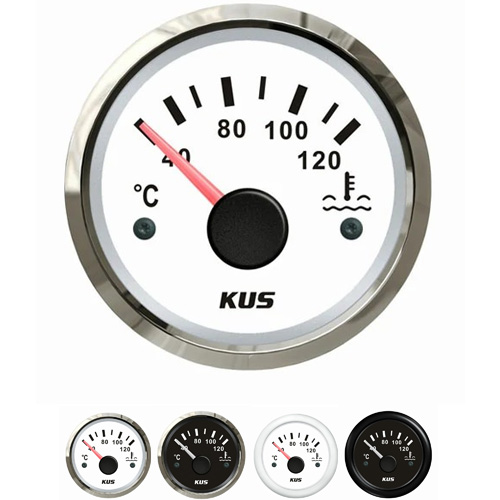
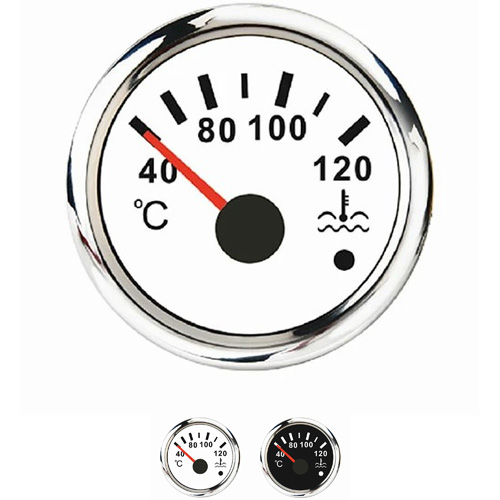
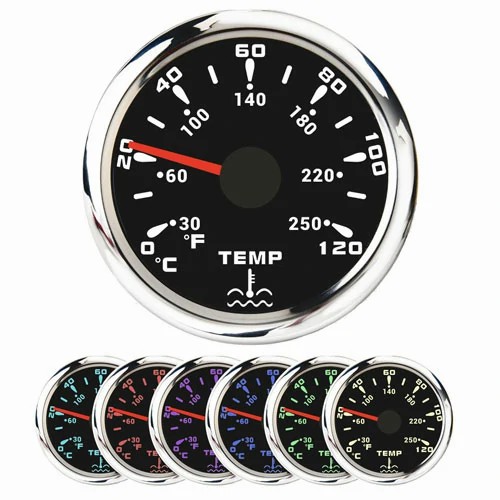
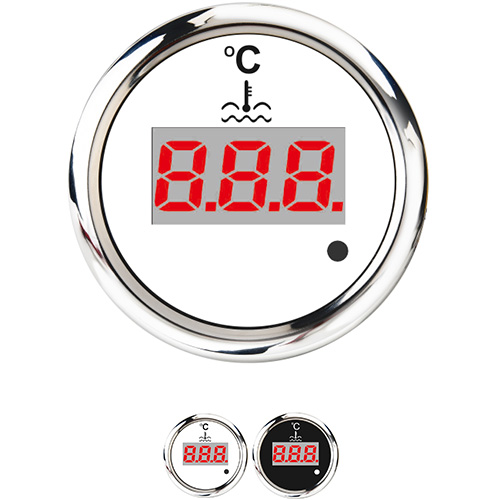
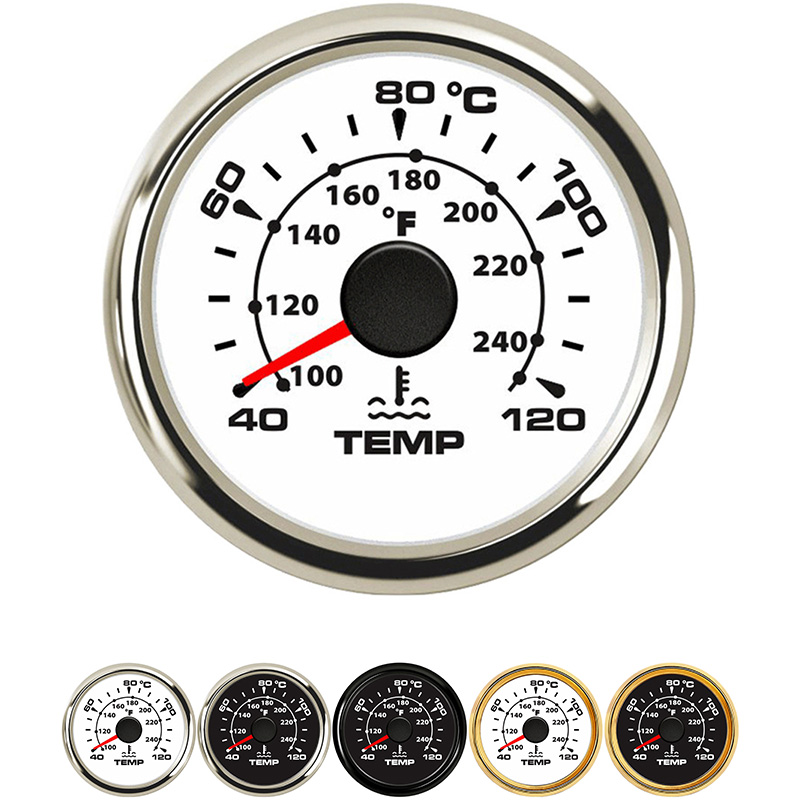
Get a Quote / Info